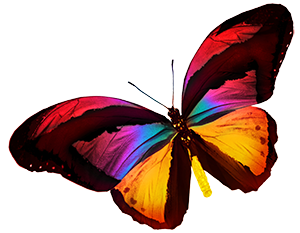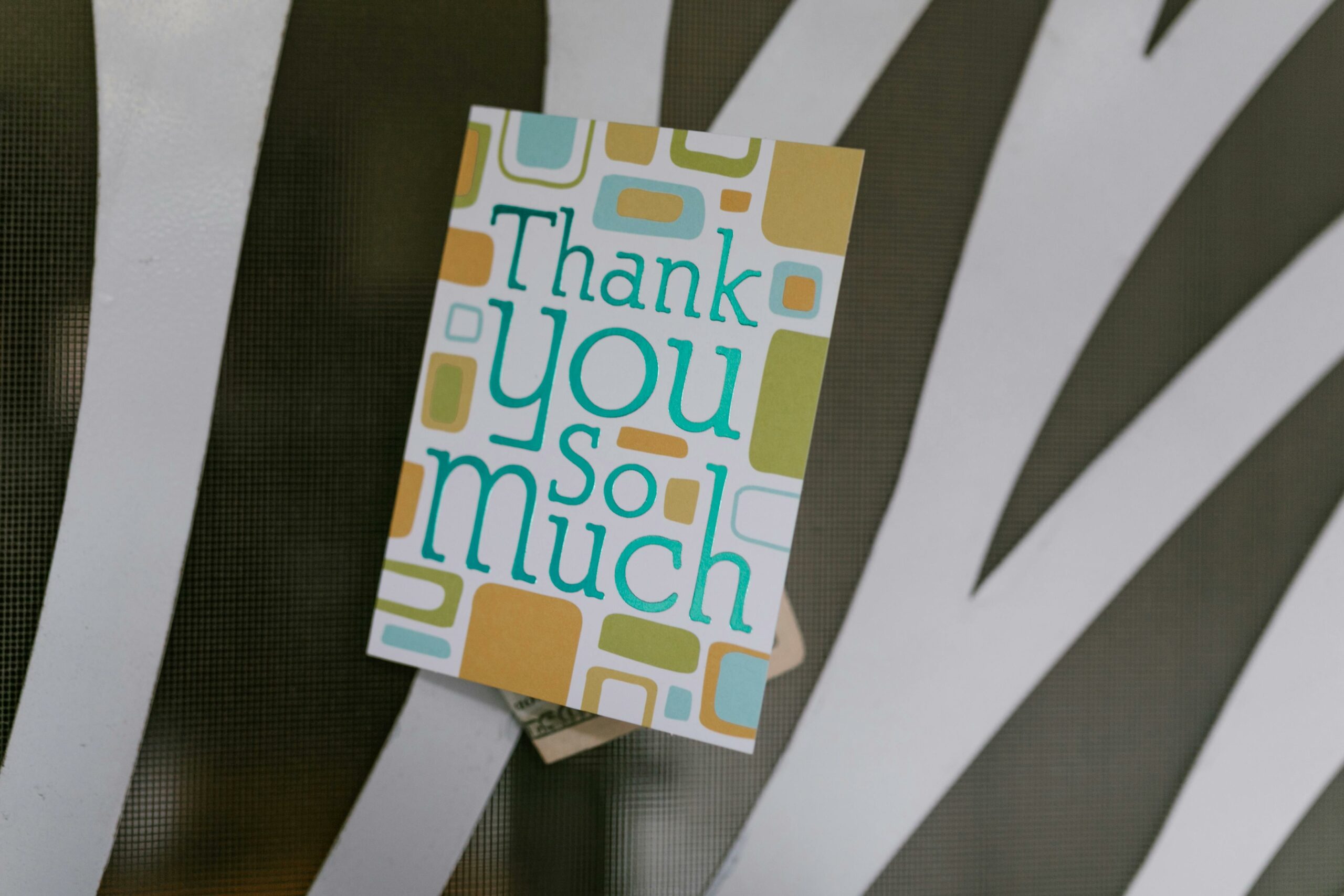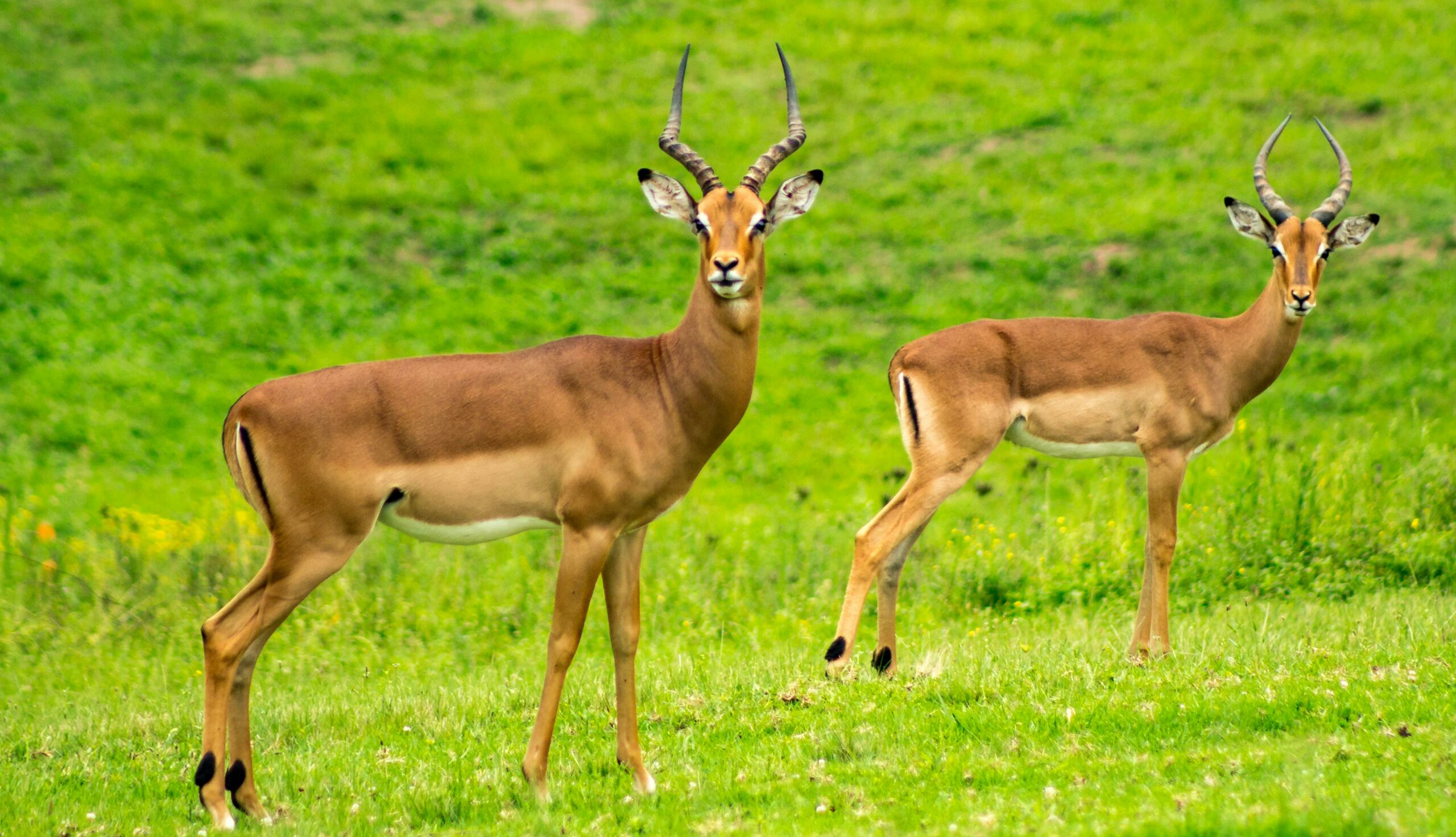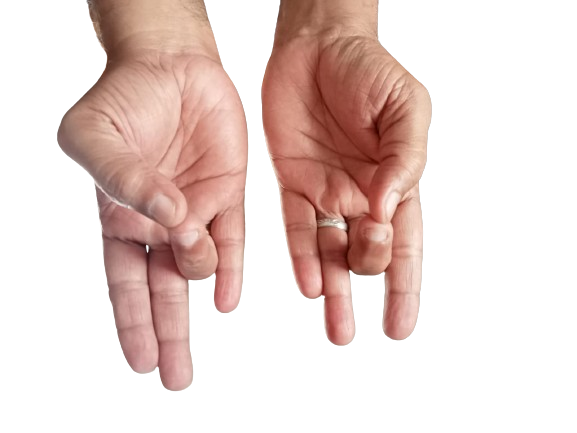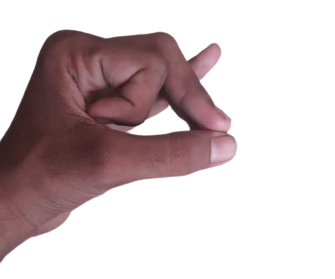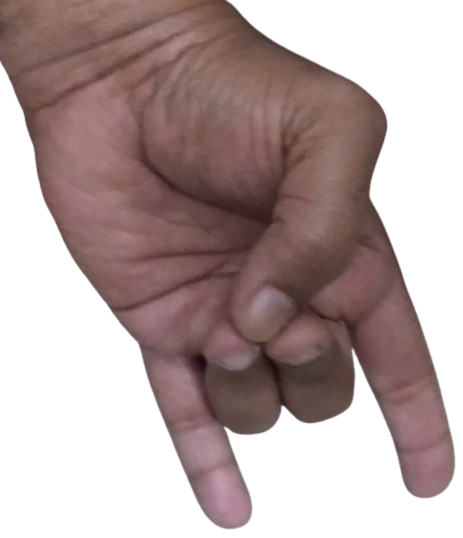Four-Footed Pose is a variation of Bridge Pose. The pose is called Chatush Padasana in Sanskrit. The term 'chatush' means 'four' and 'pada' means 'foot' and 'leg'.
Four-Footed Pose stimulates muladhara, manipura, anahata and visudhi chakras. Stimulation of these chakras help to promote stability, creativity, love and affection. The pose attracts universal energy. It improves communication skills and develops self-expression.
Other Benefits of Four-Footed Pose
- Stretches the spine.
- Back muscles are strengthened.
- Stretches the neck and shoulders
- Stretches and strengthens the hands
- Stretches the shoulders and improves shoulder flexibility
- Regulates thyroid function
- Strengthens lungs
- Supports healthy function of heart
- Helps to maintain healthy blood pressure levels
- Promotes flexibility of hips
- Supports functions of abdominal organs
- Promotes digestive function
- Practicing the pose helps to relieve headache.
- Relieves symptoms associated with menopause
- Relieves leg pain; strengthens legs
- Relieves fatigue
- Cures insomnia
- Practicing the pose helps to relieve stress.
- Calms the mind
Instructions
- Lie down on your mat with hands by the sides. Bend your legs and place your feet on the floor. The ankles should be aligned with the knees.
- Hold the ankles with your hands.
- With feet and hands firmly on the ground, inhale and raise your hips upwards as high as possible.
- Draw your shoulders back.
- Hold the pose for one minute. To release the pose, gently bring your hips to the floor, release your ankles and stretch your legs straight.
Note
Those with severe shoulder or neck problems should refrain from practicing Four-Footed Pose.
In case of difficulty in raising the legs, you can place a yoga block or a folded blanket under the thighs.
In case of difficulty in holding the ankles, use a yoga strap to curl around your foot and hold the strap.
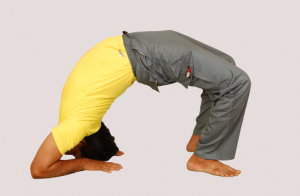
Yoga Pose for Day 89 - Bridge Pose on Elbows (Dhva Pada Dhanurasana)
Yesterday's post was about Four-Footed Pose, a variation of Bridge Pose. Bridge Pose on Elbows, which we are going to work on today is also a variation of Bridge Pose. The pose is called Dhva Pada Dhanurasana in Sanskrit. 'Dhva' means 'both', 'pada' means 'leg' and 'foot' and 'dhanur' means 'bow'.

Yoga Pose for Day 87 - Crocodile Pose (Makarasana)
It will be no surprise if you feel compelled to immediately try the pose. Such is the relaxation one gets the very moment watching a practitioner perform Makarasana, as Crocodile Pose is called in English. 'Makara' means 'crocodile'.
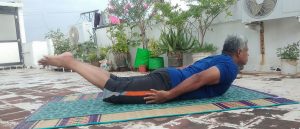
Yoga Pose for Day 86 - Locust Pose (Salabhasana)
Locust Pose is one of the excellent prone yoga poses for beginners that offers amazing health benefits. The pose is also called Salabhasana in Sanskrit, 'Salabha' means 'locust'. The pose is also referred to as Grasshopper Pose in English.
